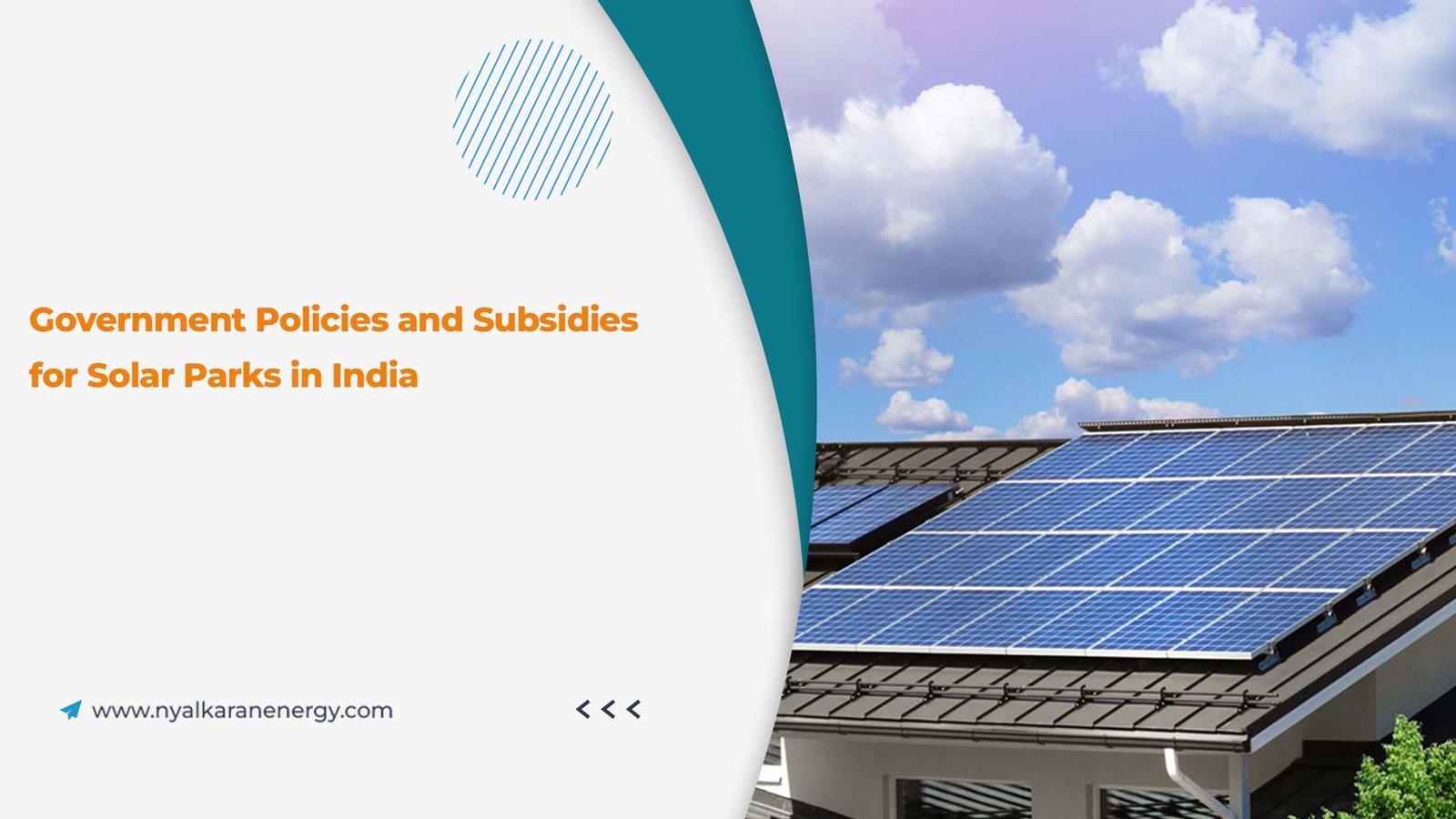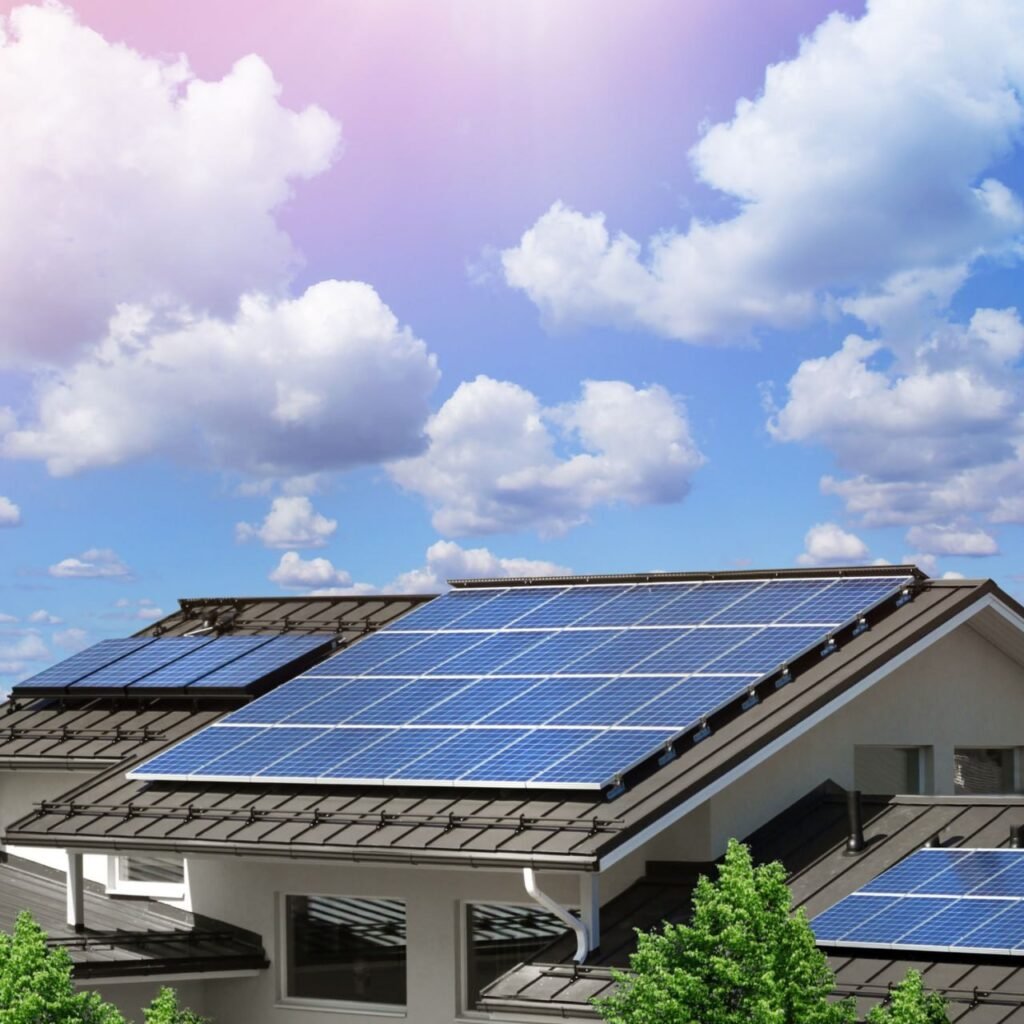
Renewable energy is becoming the norm now, and India will reach a significant milestone in terms of solar energy adoption in the near future. A number of new programs and subsidies are being introduced by the government to alter how farmers, families, and businesses use electricity.
Reduced electricity costs, environmentally friendly energy development, and widespread access to solar power via solar farms are the three main objectives of these policies and subsidies.
Many people don’t understand how the Indian government’s energy programs can alter their lives. So, the main government initiatives and subsidies that will be accessible in 2025 are listed in this blog.
To secure your future with renewable energy, build your solar farms by availing the Indian government’s solar incentives.
Government Schemes and Solar Subsidies 2025
1. PM Surya Ghar Muft Bijli Yojana
Overview of the Launch and Scope
The PM Surya Ghar Muft Bijli Yojana of India is a useful scheme. It was developed to enable solar power usage for a lot of Indian families.
By 2025, the goal is to reach one crore Indian houses. This program is designed for households that wish to convert to solar energy but find the upfront costs prohibitive.
It was introduced in an effort to lessen reliance on nonrenewable energy sources and promote sustainable energy. In order to enable families to generate their own electricity each month, a subsidy will be given to install a solar system on rooftops.
Details of Subsidy
Through this initiative, the government of India gives upto INR 78 thousand in subsidies for the financially struggling individuals. The qualified can enjoy installations, or nearly 300 units of free electricity.
This is a technique to have a more reliable and efficient supply of electricity all year round, in addition to lowering electricity expenses. Families that struggle to make ends meet each month may find this assistance to be a huge comfort.
Simplified Application Process
The online gateway for the application procedure has been updated. Depending on whether your application is comprehensive and includes all necessary papers, it may now take up to 14 days for it to be approved after you submit it.
This altered the previous admission procedures that deterred people from pursuing their interest in applying. Additionally, after approval, homeowners can now rapidly begin installation and track the status of their applications in real time.
Real-world Implications
Results are already very visible in states like Gujarat. As of 2025, Rajasthan has the highest installed solar capacity at over 33 GW, with Gujarat a close second. The swift momentum in Gujarat demonstrates how easily internet procedures can be adopted if they are made clear and easy to use.
Ready to cut costs and boost sustainability? Take steps for Solar Park development solutions designed for farmers, businesses, and communities.

PM-KUSUM Scheme
Introduction And Multi-component Benefits
The PM-KUSUM Scheme is exclusive for farmers. The PM KUSUM (Pradhan Mantri Kisan Urja Suraksha Evam Utthaan Mahabhiyan) scheme is a central government initiative launched in 2019 by the Ministry of New and Renewable Energy (MNRE) to promote solar energy in the agricultural sector.
It aims to provide farmers with solar pumps and subsidies to set up solar-based power plants on their land, thereby ensuring energy security, reducing irrigation costs, and creating a stable source of income.
Farmers can extract water for their fields with solar pumps, which also remove the risk of pump charging expenses, if any.
A farmer who uses solar energy can not only balance their power consumption but also sell excess electricity back to the grid.
Subsidy Structure
The scheme was intended for farmers to be able to afford the scheme’s contribution-share cost structure. The Central Government provides 30% Central Financial Assistance (CFA) and the State Government provides another 30% subsidy, totaling 60% subsidy for the farmer.
Farmers pay only 10% of the project cost as their share, with banks providing a loan for the remaining 30%.
This fee structure was created to help small-acre, resource-constrained farmers participate without going over budget.
Empowerment Through Energy Generation
There is more to gain via the PM-KUSUM Scheme than just saving money. Instead of only being consumers, it empowers farmers to become producers of energy.
This enhances their financial security and fortifies the nation’s rural electricity infrastructure. Don’t miss out on the 2025 solar revolution; connect with a reliable solar provider to transform your land into profitable Solar Farms.
Grid-Connected Rooftop Solar Programme (MNRE)
National-level Coverage
The Ministry of New and Renewable Energy (MNRE) is targeting both residential and institutional customers with its Grid-Connected Rooftop Solar Program.
People are motivated to use their rooftops to produce solar power and feed any unused electricity back into the nearest main grid.
Subsidy Rates
The rates of subsidies users get under this scheme are simple. Subsidies for grid-connected solar energy setups in MNRE households are provided based on system capacity.
Because of this tiered system, different kinds of homes can receive support based on their rooftop space and energy requirements.
Additional State-Level Boosts
Delhi Solar Policy 2025
Delhi’s built-in subsidies give households ₹10,000 per kW. They also offer up to a maximum of ₹30,000, other to the country’s subsidy. Because of this, many families will probably be able to use state and federal subsidies to pay for far more than half of the price of their solar installation.
Haryana Solar Village Scheme
By FY 2026–2027, Haryana aims to execute its plans. That is having nearly 2 lakh rooftop solar systems ready. And by 2027, 4,523 government offices will use solar power. Additionally, eligible for a special subsidy are Antyodaya families and districts that have Model Solar Villages.
Uttar Pradesh Solar Push
The PM Surya Ghar program has set grand goals. They have aimed to set up systems of up to 22 GW in Uttar Pradesh. Solar parks, storage systems, and industrial solar solutions are also being developed by the Uttar Pradesh government.
Bihar Kutir Jyoti Yojana
Free solar panels would be given to 58.89 lakh BPL households through the Bihar Kutir Jyoti Yojana. The Bihar government has committed ₹60,000 crore to the program, which is one of the biggest state-level solar initiatives in India.
Final Thoughts
In 2025, solar options will be greater and easier to reach than in the past. Families, farmers, and businesses can reduce their electricity expenses and help create a greener future by utilising state subsidies and central government programs.
You can take the first step towards clean energy by partnering with Nyalkaran Energy for your high-performance Solar Park development while benefiting from government subsidies today.
